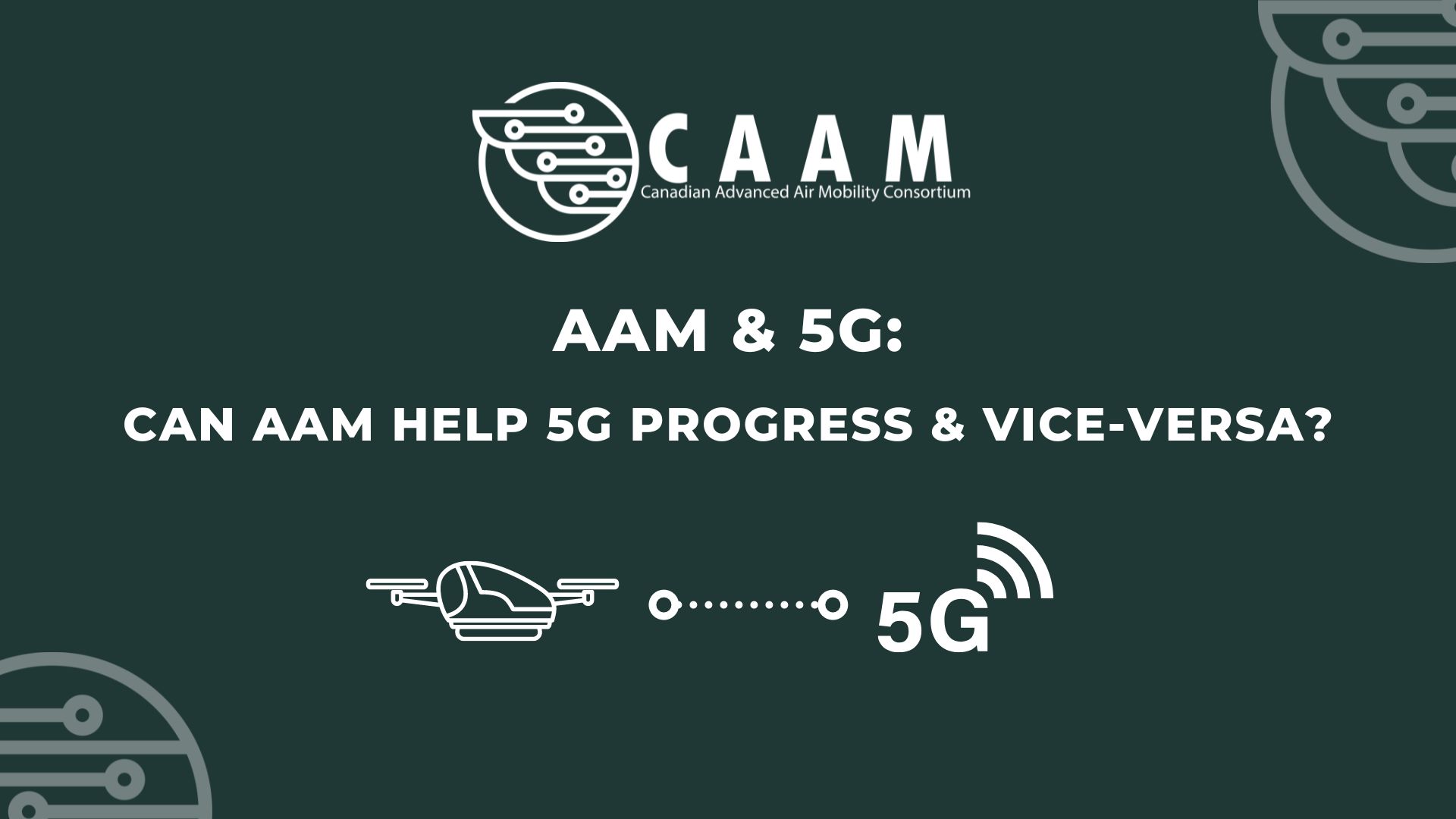 Welcome back to CAAM’s Comprehensive Guide to AAM. In this fifth chapter of our six-part introductory guide, we’ll focus on what Vertiports are and the Government’s role regarding AAM.
Welcome back to CAAM’s Comprehensive Guide to AAM. In this fifth chapter of our six-part introductory guide, we’ll focus on what Vertiports are and the Government’s role regarding AAM.
So please fasten your seatbelts and return your tray table to its full upright and locked position; we’re ready to take off.
Chapter 5: Vertiports
If eVTOLs are the aircraft that will allow an AAM future, as mentioned in Chapter 2, Vertiports are what will enable eVTOLs to take off, land, and charge safely.
Vertiports are to eVTOLs what heliports are to helicopters, and airports are to airplanes. But with a twist.
Like today’s cellphones have far more functions than a 1990’s flip phone, Vertiports are far more advanced. But unlike modern-day cell phones when compared to early 2000’s models, Vertiports are smaller than the alternatives.
And what is even better, as of right now, there’s no need to build entirely new infrastructure. Already existing heliports and airports can easily accommodate Vertiports. It’s a matter of tweaks here and there—it’s like a no-demo reno, easier, cheaper, and quicker.
Because of these characteristics, Vertiports are essential to AAM—especially RAM. The need for less space, fewer people, and less infrastructure overall makes Vertiports less disruptive. So, AAM can reach remote communities easier than typical fixed-wing aircraft and land-based modes of transportation. AAM can reach farther communities easily than airplanes, helicopters, or vessels.
Vertiports are the eVTOLs houses, and because the electric aircraft are smaller and more efficient, their home also is.
Government
The development of Government policies regarding AAM echoes the evolution of eVTOLs.
“What does this even mean?” you must be asking. To which I’d answer, “It starts small, and then it grows.”
And yes, I realize that isn’t a straight answer. But trust me, it makes sense.
eVTOLs are getting big enough to carry people; not so long ago, the term wasn’t all that popular, and people only knew the word “drone.”
When the first drones became popular, people associated them with little noisy remote-controlled things. But after a while, they grew and could carry cameras. Now, people associate the word “drone” with less-noisy remote-controlled cameras.
Today, we’re taking the next step, which includes restricting the usage of the limiting word “drone” and start thinking on the inclusive concept “eVTOLs.”
This evolution is the government’s evolution as well. Of course, the Federal Government needs to approve eVTOLs to ensure they fly safely, but Municipal Governments also play a critical role in building this new industry.
The cities, towns, and counties will determine where to install Vertiports and decide where and how eVTOLs can fly. Cities will then start talking to one another to choose where to install Vertiports and create bylaws while asking the Provinces to allow flights between cities. Then provinces start talking to one another… and soon cities and provinces will begin pushing the Federal Government to regulate AAM.
“It starts small, and then it grows.”
eVOTLs need the collaboration of multiple governments to be successful. The success of these sustainable transportation projects starts with community engagement. Ensuring the consultation of the people who will be using and benefitting from this technology.
And that’s why AAM is equitable because it’s not something pushed down; it’s a conversation involving the everyday person who then makes the talk go up the ladder.
Summarizing
Vertiports are for eVTOLs what heliports are for helicopters, but like comparing new cellphones to old models, they have more technology and are more suited for the 21st century.
And when talking about the Government role, we have to start small and go big. Cities are the ones to convert and build Vertiports while also approving bylaws allowing eVTOLs to take flight. Provincial and Federal Governments are essential to the long-term success of AAM.
What’s next
Chapter 6 of the Comprehensive Guide to AAM: What we accomplished so far
See you!
- Chapter 1: What is AAM?
- Chapter 2: What is an eVTOL?
- Chapter 3: What is CAAM?
- Chapter 4: How can CAAM help advance AAM?
By Giovani Izidorio Cesconetto


